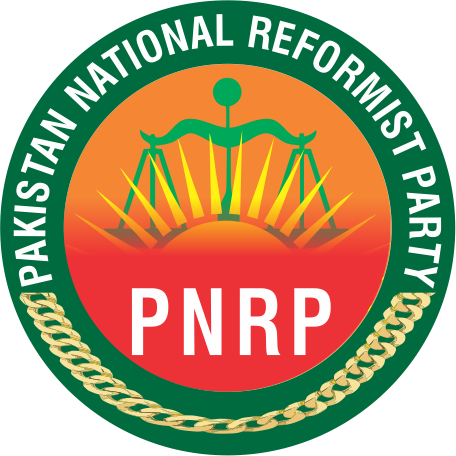
Pakistan Natural Resources
Pakistan is one of the richest countries in the world which have a large amount of natural resources available including coal, gas, gemstones, copper, minerals and gold reserves, oil, iron, titanium and aluminum and so on.
Pakistan is blessed with vast land, natural gas reserves, petroleum, extensive coal, iron ore, copper, salt, limestone and gold besides other natural resources, many of them hitherto undiscovered. In fact, according to one survey, Pakistan has the second largest salt mine, second largest coal reservoirs, fifth largest gold mines, seventh largest copper mines, the country is the 11th largest wheat producer, 12th largest rice producer and seventh country of the world with nuclear power.
Two of Pakistan’s major natural resources are at Reko Diq and Thar. Reko Diq is a giant copper and gold project in Chagai district, Balochistan, in a desert area 70 kilometres northwest of Naukundi. Reko Diq is close to Pakistan’s border with Iran and Afghanistan.
According to experts, Reko Diq has proven gold and copper reserves worth US$260 billion and estimated gold and copper reserves worth US$3 trillion. Mineweb.com has stated that Reqo Diq “is believed to be one of the world’s largest reserves of gold and copper…. Reko Diq is believed to contain 12.3 million tons of copper and 20.9 million ounces of gold in inferred and indicated resources. Some surveys have suggested that Reko Diq may contain as much as 11 billion pounds of copper and nine million ounces of gold.
Pakistan recently discovered one low and four low-to-medium quality coal seams in the Punjab. Low sulfur coal was recently reported at the Baluchistan and near Islamabad. Bituminous, sub-bituminous, and lignite coal have been found in Pakistan.
Coal reserves are estimated at 175 billion tons. This would equate to 618 billion barrels of crude oil. When compared to oil reserves his is more than twice the amount of the top four countries. If At KSA’s current usage, the reserves would last more than 200 years.
Natural gas production is at a high level in Pakistan. Estimated reserves are 885.3 billion cubic meters (as of January 2009). Gas fields are expected to last for another 20 years. The Sui gas field is the largest, accounting for 26% of Pakistan’s gas production. Daily production is 19 million cubic meters a day. Under the barren mountains of Balochistan and the sands of Sindh, there are untouched oil and gas reserves.
Forests are limited to 4% of Pakistan’s land; nonetheless the forests are a main source of food, lumber, paper, fuel wood, latex, and medicine. The forests are also used for wildlife conversation and ecotourism.
Pakistan has large gold/copper ore deposits at Saindak. There are large deposits of rock salt in the Pothohar Plateau. Pakistan’s mineral resources include reserves of gypsum, limestone, chromites, iron ore, rock salt, silver, precious stones, gems, marbles, tiles, sulfur, fire clay, and silica sand.
About 28% of Pakistan’s total land area is under cultivation. Pakistan boasts one of the largest irrigation systems in the world. According to Wikipedia, “the most important crops are cotton, wheat, rice, sugarcane, maize, sorghum, millets, pulses, oil seeds, barley, fruits and vegetables, which together account for more than 75% of the value of total crop output.” The fertile lands of Punjab are ready to feed a population twice that of current Pakistan.
Pakistan has a long history of exporting small amounts of uranium. In 2006 Pakistan produced about 45 tons of uranium.
The fishing industry plays a role in the national economy of Pakistan. The coastline is 814km and fishery resources still have room to grow. Fishing in Pakistan is a major source of export earnings.
Pakistan is rich in diverse natural resources. Pakistan’s human resources include a population of intelligent young people and a burgeoning urban middle class. The culture, knowledge, wealth, and infrastructure are sure to grow and improve soon. This combined with its prime location will lead to long-term success for the nation.
